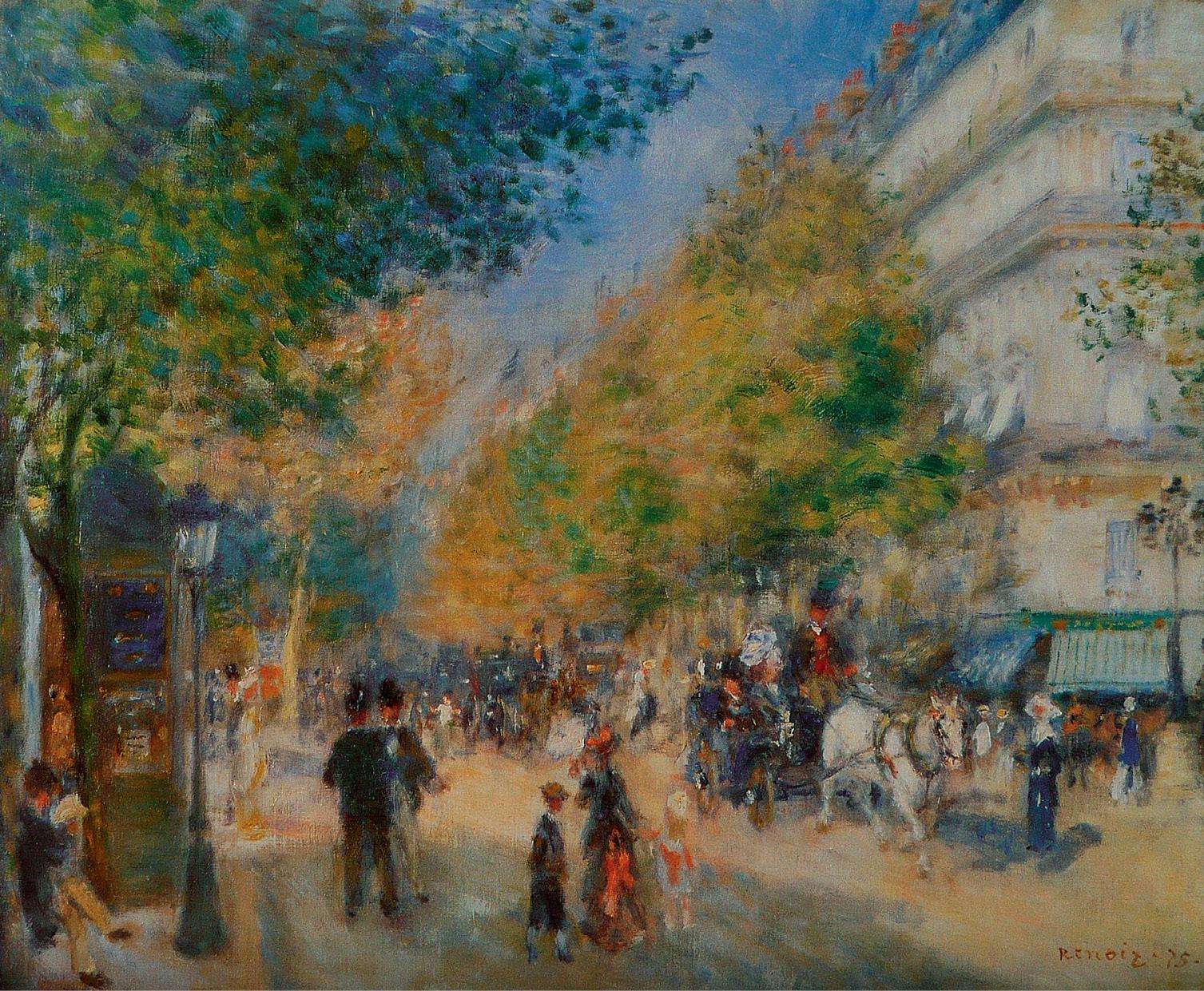 The Grand Boulevards,
The Grand Boulevards, 1875. Renoirs view of Paris rejuvenated with splendid new boulevards is painted with the innovative Impressionist style of fleeting brushstrokes which suggest movement and transient light. The foliage is given light and shade without any attempt to describe the specific type of tree.
Introduction
One must from time to time attempt things that are beyond ones capacity.
Pierre-Auguste Renoir
Born in 1841 into a working-class family, Pierre-Auguste Renoir would go on to become one of the most celebrated French artists of the late nineteenth century. But although he is now lauded for his contributions to Impressionism and for the more classically styled works of his later years, success was a long time coming.
In the early years, Renoir struggled as an artist, eking out meagre finances, taking commissions where he could and living just ahead of his creditors. Poverty dogged his tracks and he frequently depended on colleagues and friends for support. But he was determined to become an artist and, with Claude Monet, was a founding member of the Impressionist movement which began in France during the 1860s. Renoirs keen eye for beauty and colour, together with his skill at depicting the play of light and shadow, is evident in some of Impressionisms most famous paintings. Like many revolutionary ideas, the new art movement was initially ridiculed and dismissed by critics and the establishment. By the time it entered the mainstream, Renoir had moved on to a more monumental style influenced by High Renaissance art. His paintings from this era would in turn influence the style of avant garde artists such as Henri Matisse and Pablo Picasso.
Throughout his life, Renoirs artistic vision remained resolutely individualistic as he combined classical influences with Impressionism to render portraits, still lifes, landscapes, cityscapes and engaging scenes of domestic life. In middle age he developed rheumatoid arthritis, which gradually paralyzed his fingers and made it difficult for him to hold a paintbrush. Despite this, he continued to paint almost every day and his art remained upbeat, glowing with tone and colour.
Renoir was astonishingly prolific, creating more than 4,500 works of art, just over 4,000 of which were in oils. His children inherited his legacy of experimentation and applied it to other disciplines: his eldest son Pierre (18851952) became a successful stage and screen actor, while his youngest, Jean (190169), became a celebrated film director.
In the early part of the twentieth century, criticism of the style of Renoirs later works featuring highly-coloured, fleshy nudes began to mount. As a result, his artistic reputation suffered in comparison with that of other Impressionists such as Monet and Czanne (who also feature in TheGreat Artists series). Nevertheless Renoirs joyous, life-affirming paintings mean that he remains one of the worlds best-loved artists.
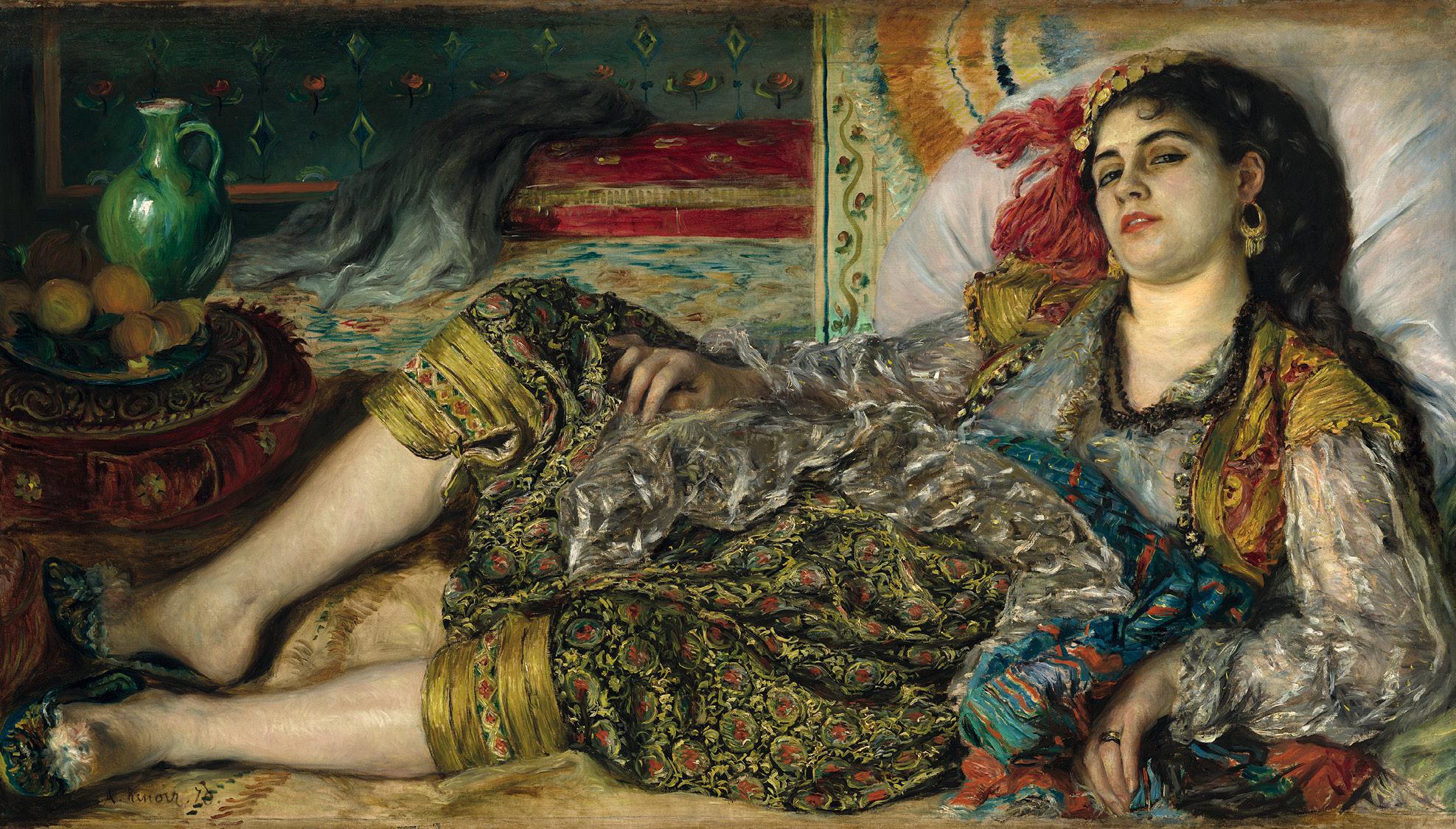 Odalisque,
Odalisque, 1870. A reclining woman in surroundings which suggest an exotic harem was a traditional subject for artists. The pose appears to have been influenced by Delacroixs Women of Algiers in Their Apartment, 1834. When he painted this, Renoir had never been to Algiers. The model was Lise Trhot, daughter of a French postmaster. Renoir used Islamic-inspired textiles and ceramics to create a sultry, slightly decadent atmosphere.
Chapter 1
From Artisan to Artist
While many of the Impressionists could trace a noble lineage back through the centuries, Renoirs genealogy was shrouded in mystery. His grandfather, a foundling, had been left on the steps of the cathedral in Limoges in 1773. Adopted by the local Renouard family, who named him Franois, he received little education and grew up to be a craftsman a maker of wooden shoes. When he married in 1796, at the age of twenty-three, he could neither read nor write so had to speak his name to the official scribe, who wrote it down phonetically as Renoir.
In time, Franois Renoir had his own family. His oldest child, Leonard, was born in 1799 and became a tailor in Limoges; he eventually married a dressmakers assistant. Leonard and his wife had seven children, five of whom survived infancy. Pierre-Auguste was the fourth of the five, born on 25 February 1841.
When Pierre-Auguste (known simply as Auguste) was four years old, Franois died and the Renoir family moved to Paris. Leonard set up a tailoring business at their home in the heart of the city. Its location, just a short walk from the Louvre where free admission was available to the general public at weekends, may have played a part in shaping Auguste Renoirs future.
A developing talent
Renoir attended the local Catholic school, but left in 1854 at the age of thirteen to become apprentice to a porcelain painter. He learned to copy floral designs on to plates and cups, but lost his job when the mechanization of porcelain decoration arrived. He soon found employment doing other kinds of decorative painting on fans, and on screens for shops, restaurants and private homes; he also painted religious hangings for churches.
Renoir enrolled for free drawing classes at a city-sponsored art school run by Louis-Denis Caillouette, a sculptor. Caillouette taught his students the fundamentals of art by encouraging them to make copies of works of the great masters. In 1860, Renoir began to study and reproduce some of the great works hanging in the Louvre. He spent much of his time browsing the galleries, sketchbook in hand, studying the art and honing his skills. Some of his paintings from these early years survive, most notably a copy of Peter Paul Rubens portrait of his wife, Hlne Fourment and Her Children, made between 1860 and 1864. Renoir also produced still lifes and portraits, including one of his mother in 1860, and painted some fleeting scenes of Parisians at leisure that hint at the style and content of his later, more famous Impressionist works.
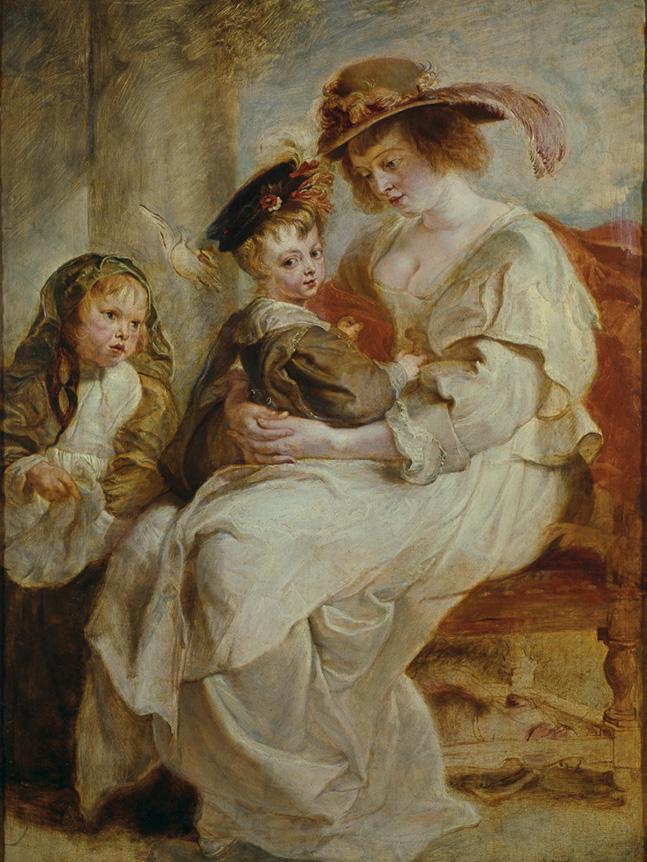 Hlne Fourment and Her Children, Peter Paul Rubens, c.
Hlne Fourment and Her Children, Peter Paul Rubens, c.1636. Rubens (15771640) remained a highly influential artist long after his death. From a privileged background, he became court page to a countess at the age of thirteen, but turned instead to art and travelled to Italy and Spain to learn from the works of Renaissance and classical masters. He became a court painter in the Netherlands and later combined his work with a diplomatic career. During some months spent in England, he fulfilled a number of commissions for King Charles I. Helena Fourment was Rubens second wife and she is portrayed here with her son Frans (b.1633) and daughter Clara Johanna (b.1632).
Art school and the Salon
At the age of twenty-one, Renoir entered the studio of the Swiss artist Charles Gleyre, who had been a student of Neoclassical painter Jean-Auguste-Dominique Ingres (17801867). Gleyres academic teaching style did not suit Renoir at the time, so he sought out kindred spirits and found them in fellow students Frdric Bazille, Alfred Sisley and Claude Monet. Through Monet, Renoir also encountered Paul Czanne and Camille Pissarro, who were studying at the Acadmie Suisse, a similar teaching atelier to Gleyres.
In 1862, Renoir enrolled at the cole des Beaux-Arts, the government-funded art school of Paris, where he studied drawing and anatomy. I was a very diligent student... Renoir would later say, but I never obtained the slightest honourable mention. According to some sources, Renoir had no fixed address during his early career; he lodged with friends and sought out commissions for portraits, but often didnt earn enough money to buy paint or food.
Next page
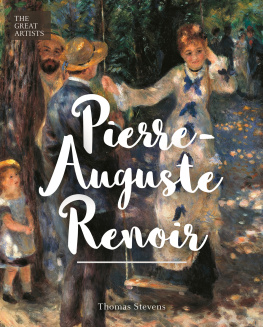
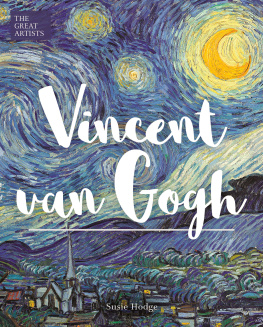
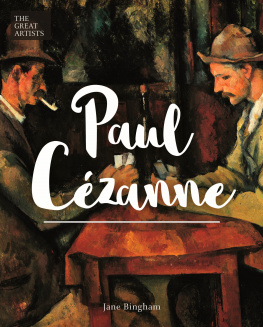
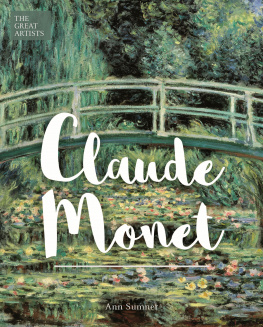
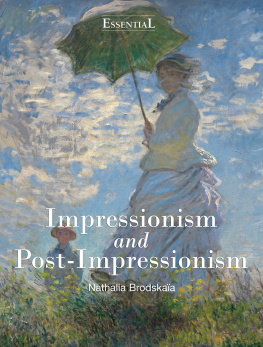
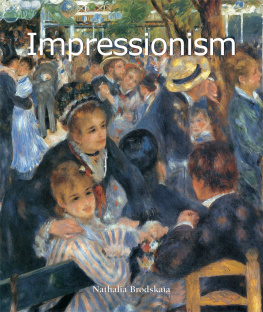
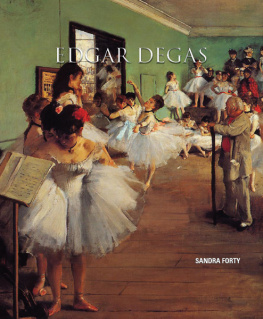
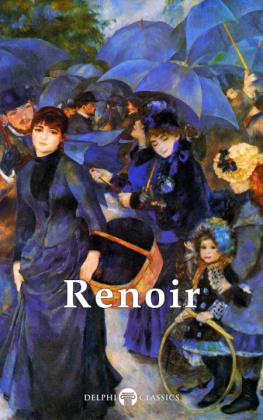

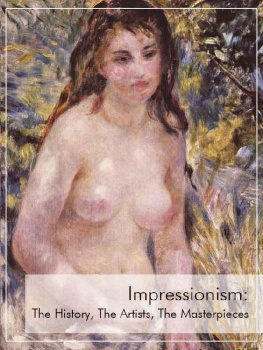
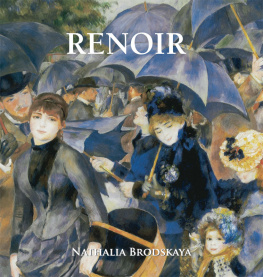
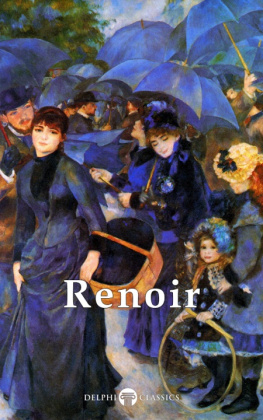
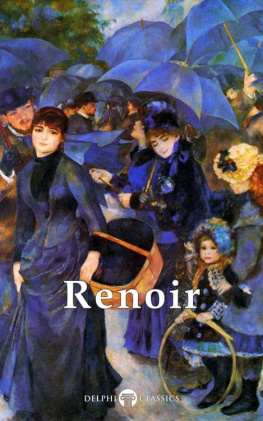
 The Grand Boulevards, 1875. Renoirs view of Paris rejuvenated with splendid new boulevards is painted with the innovative Impressionist style of fleeting brushstrokes which suggest movement and transient light. The foliage is given light and shade without any attempt to describe the specific type of tree.
The Grand Boulevards, 1875. Renoirs view of Paris rejuvenated with splendid new boulevards is painted with the innovative Impressionist style of fleeting brushstrokes which suggest movement and transient light. The foliage is given light and shade without any attempt to describe the specific type of tree.  Odalisque, 1870. A reclining woman in surroundings which suggest an exotic harem was a traditional subject for artists. The pose appears to have been influenced by Delacroixs Women of Algiers in Their Apartment, 1834. When he painted this, Renoir had never been to Algiers. The model was Lise Trhot, daughter of a French postmaster. Renoir used Islamic-inspired textiles and ceramics to create a sultry, slightly decadent atmosphere.
Odalisque, 1870. A reclining woman in surroundings which suggest an exotic harem was a traditional subject for artists. The pose appears to have been influenced by Delacroixs Women of Algiers in Their Apartment, 1834. When he painted this, Renoir had never been to Algiers. The model was Lise Trhot, daughter of a French postmaster. Renoir used Islamic-inspired textiles and ceramics to create a sultry, slightly decadent atmosphere.  Hlne Fourment and Her Children, Peter Paul Rubens, c.1636. Rubens (15771640) remained a highly influential artist long after his death. From a privileged background, he became court page to a countess at the age of thirteen, but turned instead to art and travelled to Italy and Spain to learn from the works of Renaissance and classical masters. He became a court painter in the Netherlands and later combined his work with a diplomatic career. During some months spent in England, he fulfilled a number of commissions for King Charles I. Helena Fourment was Rubens second wife and she is portrayed here with her son Frans (b.1633) and daughter Clara Johanna (b.1632).
Hlne Fourment and Her Children, Peter Paul Rubens, c.1636. Rubens (15771640) remained a highly influential artist long after his death. From a privileged background, he became court page to a countess at the age of thirteen, but turned instead to art and travelled to Italy and Spain to learn from the works of Renaissance and classical masters. He became a court painter in the Netherlands and later combined his work with a diplomatic career. During some months spent in England, he fulfilled a number of commissions for King Charles I. Helena Fourment was Rubens second wife and she is portrayed here with her son Frans (b.1633) and daughter Clara Johanna (b.1632).